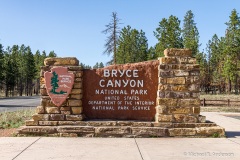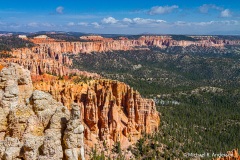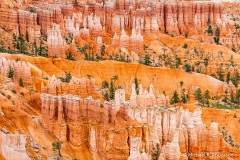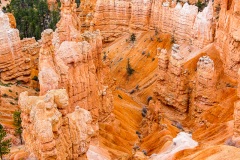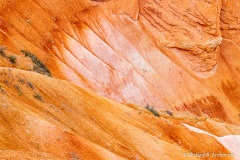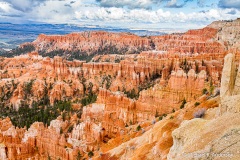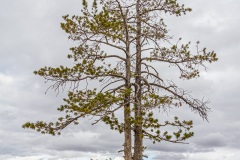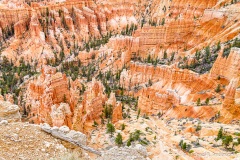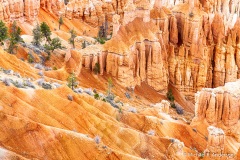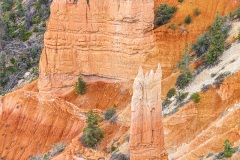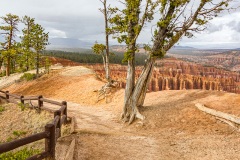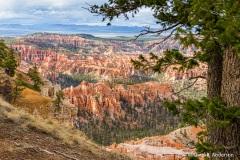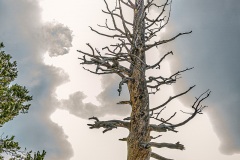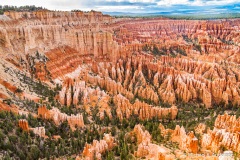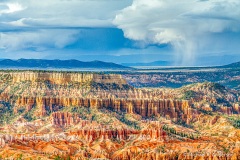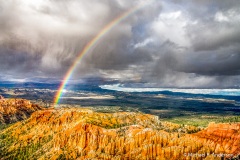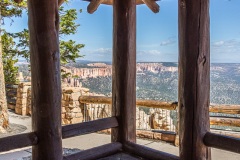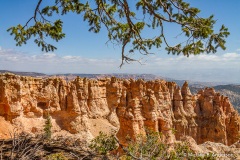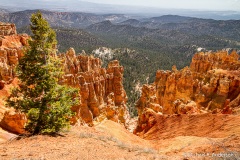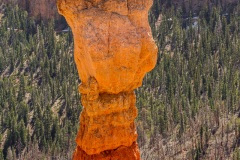Bryce Canyon National Park is located in southwestern Utah and, despite its name, it is not a canyon. Rather, it’s a collection of giant natural amphitheaters extending more than 20 miles north-to-south within the park. The amphitheaters are filled with distinctive geological structures called hoodoos, which are formed by frost weathering and stream erosion of the river and lake bed sedimentary rocks. The red, orange, and white colors of the rocks offer beautiful views.
The Bryce Canyon area was settled by Mormon pioneers in the 1850s and was named after Ebenezer Bryce, who homesteaded in the area in 1874. The area around Bryce Canyon was originally designated as a national monument by President Warren G. Harding in 1923 and was redesignated as a national park by Congress in 1928.
You can read about Bryce Canyon National Park in the following post:
Bryce is Nice.
